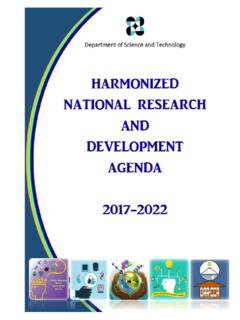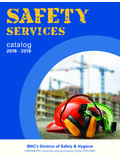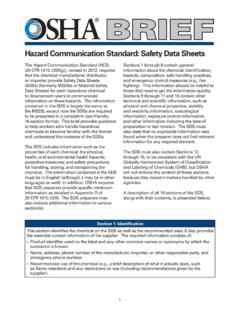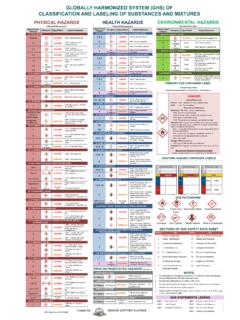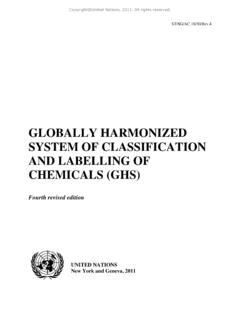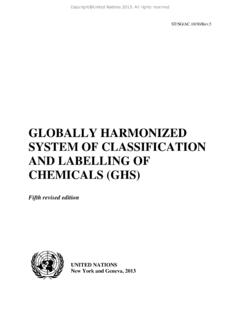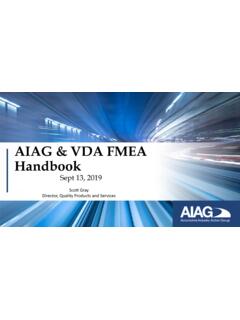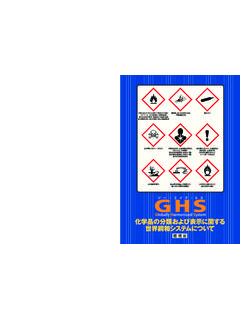Transcription of HARMONIZED NATIONAL - www.dost.gov.ph
1 2 HARMONIZED NATIONAL R&D AGENDA2013-202023 HARMONIZED Nationasl R&D Agenda2013-2020 INTRODUCTIONB ackgroundThe HARMONIZED NATIONAL Research and Development Agenda or HNRDA is prepared by the Department of Science and Technology (DOST) to provide innovative solutions that benefit Filipinos, particularly the poor, through a problem-focused approach to multi-disciplinary and multi-institutional research and development (R&D) collaboration. It is a product of a continuing process of consultations with stakeholders and partners from the academe, industry, people s organizations and other government agencies initiated years ago by the Presidential Coordinating Council for Research and Development (PCCRD).
2 It is anchored on the administration s five key result areas (KRAs) of (a) Transparent, accountable, and participatory governance; (b) Poverty reduction and empowerment of the poor and vulnerable; (c) Rapid, inclusive, and sustained economic growth; (d) Just and lasting peace and the rule of law; and, (e) Integrity of the environment and climate change adaptation and mitigation. Specifically, the Agenda responds to the KRAs on inclusive economic growth, human development and poverty reduction, and climate change; and aligned with the NATIONAL priorities enunciated in Philippine Development Plan 2011-2016.
3 Moreover, it fleshes out the current NATIONAL Science and Technology Plan (NSTP) 2002-2020. The HNRDA provides an important step in enhancing the effective allocation and efficient use of public investments on R&D. It presents a paradigm shift that directs the use of government resources for R&D activities to issues and concerns that create the greatest impact towards addressing pressing NATIONAL concerns and achieving socio-economic development. Further, it aims to strengthen public-private partnership and participation in directing public R&D investments to areas that would purposively build the innovation capabilities of local entrepreneurs and investors and enable them to move rapidly into strategic technology areas as well as build local capacity for technological self-reliance.
4 It is grounded in the belief that the nation must necessarily innovate, and always challenge ourselves to reach further. President Benigno Simeon Aquino III said during the launch of the Advanced Device and Materials Testing Laboratory (ADMATEL) that Innovation is the engine of any modern economy and that this would not happen overnight, but if we put 4 HARMONIZED Nationasl R&D Agenda2013-2020a premium on innovation, in dreaming bigger, doing better, and always reaching further with Filipino talents - then it will only be a matter of time before we get there.
5 Consistent with the Millennium Development Goals and, accordingly, the Sustainable Development Goals of the United Nations, the HNRDA addresses the issue of poverty, promotes sustainable development and inclusive growth and tackles climate the PCCRD InitiativesThe PCCRD, created in 2007 through Executive Order No. 604, recommended the establishment of a system of establishing priority R&D areas where government funding should be directed. This was in response to the growing concern that public R&D funding had been lodged in different government agencies with each of them having its own system of R&D fund management and priority setting.
6 The PCCRD called for the formulation of a NATIONAL R&D Priorities Plan to serve as a guide in allocating government R&D funds. Spearheaded by the DOST, the formulation of the NATIONAL R&D Priorities Plan was undertaken through a participatory process involving an Inter-Agency Committee and ten Technical Working Groups with the end view of developing technologies that would provide solutions to the country s problems. The initial list of these R&D priorities had been subjected to a Delphi process involving experts in various disciplines and different stakeholders who undertake re-searches or grant funds for initial list of identified R&D priorities included the following: 1) Agriculture; 2) Electronics; 3) Energy; 4) Environment and Natural Resources; 5) Disaster Mitigation and Management; 6) Health; 7) Manufacturing and Production; 8) Information and communications technology; 9) Biotechnology.
7 And 10) with the Updated Philippine Development Plan The HNRDA is aligned with the updated Philippine Development Plan 2011-2016 which calls for reforms in public R&D prioritization and funding system and the full implementation of the Philippine Technology Transfer Act of 2009 (RA 10055) to ensure social return on public R&D investments. Among the measures that need to be considered are a systematic NATIONAL 5 HARMONIZED Nationasl R&D Agenda2013-2020research inventory, a clearinghouse for new major research investments, and a systematic effort to translate outputs of completed research into actionable policy measures or into potential product developments or the NATIONAL Science and Technology Plan (NSTP) 2002-2020 The HNRDA updates and substantiates the NSTP 2002-2020 which has served as an indicative plan setting forth broadly the visions, goals, strategies, and R&D priority areas.
8 The NSTP has provided the policy framework and directions for science and technology (S&T) efforts in the Philippines over the period NSTP has identified twelve broad R&D priority areas that had been selected on the basis of various long-term S&T forecasts, which, although prepared mostly in the advanced countries, have been of more universal validity ( they have been forecasts of likely technological developments). The forecasts were validated through a series of consultations with various sectors, including the private sector, government, academe, and NGOs or civil society.
9 In deciding the broad R&D priority areas, consideration was given to the presence of a high level local S&T capability as well as potential for sustainability; contribution (or potential to contribute) to the resolution of pressing local problems; high potential for increased productivity as well as for developing world-class products/services; and potential to be developed as an enterprise, and especially as an export sector. The 12 broad R&D priority areas under the NSTP include the following: 1) Agriculture, Forestry and Natural Resources; 2) Health/Medical Sciences; 3) Biotechnology; 4) Information and Communications Technology; 5) Microelectronics; 6) Earth and Marine Sciences; 7) Fisheries and Aquaculture; 8) Environment; 9) Natural Disaster Mitigation; 10) Energy; 11) Materials Science and Engineering.
10 And 12) Manufacturing and Process continuous assessment and participative prioritization processes are undertaken by the DOST s Sectoral Councils Philippine Council for Agriculture, Aquatic and Natural Resources Research and Development (PCAARRD), Philippine Council for Health Research and Development 6 HARMONIZED Nationasl R&D Agenda2013-2020(PCHRD), and Philippine Council for Industry, Energy and Emerging Technology Research and Development (PCIEERD). The private sector and relevant government agencies are represented in each of the respective Governing Councils.
